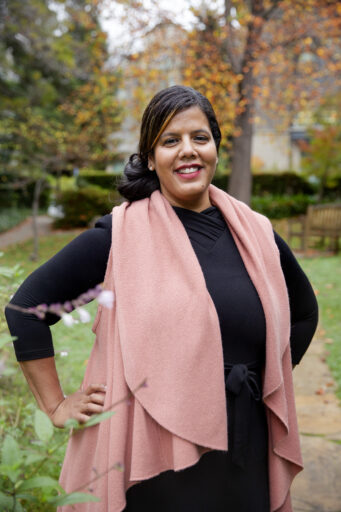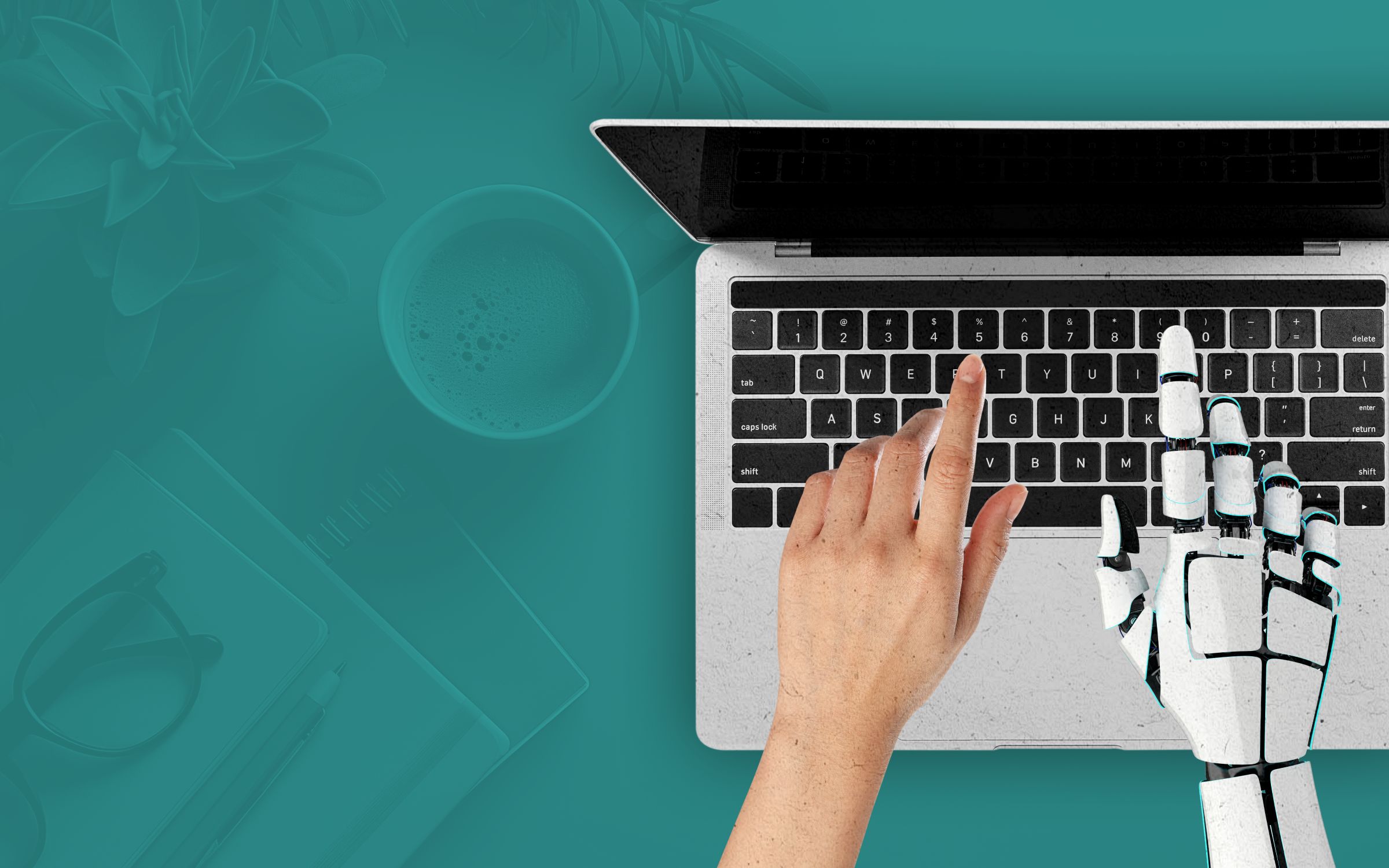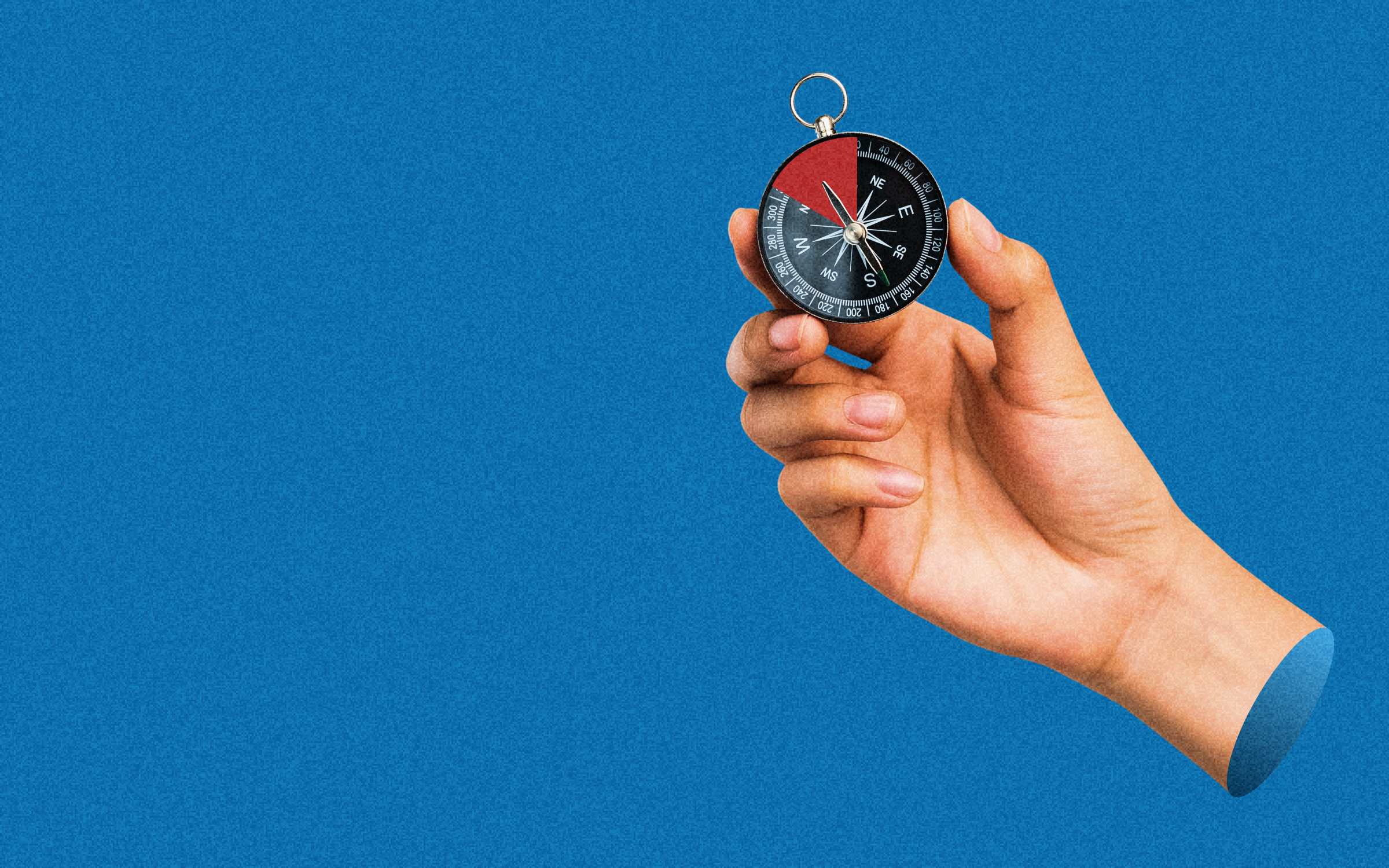DEI at the university level comes with its own set of challenges, from supporting student freedoms to maintaining visibility for communities on campus.
As vice chancellor for equity and inclusion at University of California Berkeley, Dania Matos, J.D., knows firsthand how to lead inclusive, strategic change. Matos shares her proudest achievements working in DEI, its challenges, and how to measure DEI on the university level.
Read on for more edited excerpts from our exclusive interview.
Senior Executive Media: What’s the the size or makeup of a DEI team? I’ve seen it vary at different companies.
Dania Matos: At our university, it’s a mix of equity leadership, robust student facing programs, programs that serve faculty as well, and then we have various dotted lines to things like our graduate division and people and culture. You’ll notice that Berkeley has a unique space and voice in it because of not only our history, but where we sit in our positionality across the system. The Division of Equity and Division FTE [staff] is over 125 and includes an institute called the Othering and Belonging Institute.
Senior Executive Media: I’ve been talking to a couple of the other professionals about the culture of the institution and how every campus has their own historic culture. That was one of the challenges another professional mentioned. I’m curious to hear, how is adjusting to the culture of the campus?
Dania Matos: That’s a big part, to create the diversity and inclusion in the culture as well — moving from the individual to the collective. I’m from Puerto Rico and identify as a Black Latina so I understand this uniquely… This thing of the greater good and how do we really come together is something that shows up uniquely at universities.
Senior Executive Media: How has the university DEI space evolved since you began working in the field? Any examples come to mind?
Dania Matos: We began with celebrations so specific campus communities get a designated acknowledgement. It’s one way a lot of the things we work on are expressed and come together. But it also illustrates how dismantling oppression benefits everyone, gets to what it means to thrive, and supports everyone’s right to a unique positionality in the world. So many of us hold multiple identities and we come into spaces with both visible and invisible pieces of who we are. We’re making room not only for those conversations, but to also have our mission and values align with our actions and policies right that include that belonging and justice piece. That’s what moves us closer to collective liberation.
“My hope is that this part of the field doesn’t have the highest turnover one day because we’ve made the changes that need to happen to support these roles and the people in them.”
Senior Executive Media: I noticed that some of the Chief Diversity roles seem to have a relatively high turnover. Why do you think that is right now?
Dania Matos: There’s not always an alignment between what you’d like to do and what you truly do and how you set up these roles for success. I think that one of the things I love about this field is that it touches absolutely everything. And yet these roles and the resources they may or may not have, not to mention the burden of fixing hundreds of years of systemic racism, is put on a single person — often a person of color, a woman or female identifying person. That emotional and psychological labor is a lot and takes a toll. So I really think that companies or organizations haven’t always done the pre-work of asking themselves, “What’s my responsibility in this? How am I sharing and distributing the DEIBJ (diversity, equity, inclusion, belonging, justice) goals and actions to all my leaders so that this role is really a valuable thought partner and not just a one person shop?” I often think about how everything that prepares me for this job is directly related to my own upbringing of survival. That shouldn’t be the case. I want to thrive in this work. There’s a really big burden on this work.
I think that when you’re the face of things that people don’t want you to do and people don’t want to give up, there’s a very visceral reaction. And I think institutions like UC Berkeley are doing their best to make sure that they are protecting their people who are literally putting their lives on the line for this work. So many who go into this work are not only experts but deeply passionate about it, and they want to see change. There are some things I do and right away there’s a difference. There’s some things that I may not see in my lifetime, but I planted the seeds in this lifetime for the change that’s coming and so that can be really hard. And then there’s a lot of disappointment that comes with sometimes performative change. The beauty of it is also building a network of support both professional and personal for it. There are many different reasons for the cycle of it. My hope is that this part of the field doesn’t have the highest turnover one day because we’ve made the changes that need to happen to support these roles and the people in them.
Senior Executive Media: That was a very powerful answer so thank you for that.
Dania Matos: I think that could easily be like the whole interview right there! There’s so much to say in terms of knowing what you’re signing up for, and that you’re signing up with your heart, your soul. This is something that you really believe in. The flip side of it is there’s that cost, especially when you’re having to work within institutions that are public serving, public facing and then having to push back on those institutions to say, “Let’s unpack what that really means.” My work is about making the implicit explicit to make sure folks who have been in the dominant culture for decades and even centuries confront the fact that they’re having to maybe give up a little bit of power. I see how that kicks in a scarcity mindset. I think that people or institutions can kind of walk on that instead of seeing the greater good.
Senior Executive Media: What’s your proudest achievement working in this space? Is there any example of a challenge you addressed or an initiative you launched with that?
Dania Matos: I often see the achievements embodied in the people. This story of the student who I removed an obstacle and a barrier, granted they will never know the blood, sweat and tears I shed and doing that, but they were able to walk across that stage for the communities and families… I really think about legacy building in how much I pour into others and the institutions. We launched a Valuing Black Lives initiative in one of my previous roles that to this day is bearing fruit. It was one of those things where I knew something had to be done. I remember calling my boss and saying, “I don’t know what this will look like, but do you trust me? Do you give me permission to build this thing?” I built it and I brought people along, including faculty, staff and students. The valuation of Black lives also means we’re improving systems for everyone. We’re removing the barriers from those things.
Some of the proudest things I could never speak of, because of the politics involved…I knew it happened and I went and celebrated in my car, but I couldn’t ever make it public. I threw on a song and I screamed really loud and I celebrated in my car thinking “that’s as far as people are gonna know about it.”
We just addressed some of the critical needs of our formerly incarcerated and system impacted students, and secured funding so that every UC campus has a space to house a version of our Underground Scholars Program. One of the things that’s really powerful about working in the University of California system is that you have the power of 10 campuses, so there’s the opportunity to influence and build from that perspective and a lot of things are very much like that initiative. We actually have multiple initiatives we’re working on, including ones that serve our Latinx and African American students, among others. As you know, a big reason why we build and foster these initiatives is because supporting our whole campus community — in ways that are meaningful and responsive to the particular communities we come from–truly makes us a top tier public university.
Senior Executive Media: One thing you mentioned about people management for maintaining everyone’s energy on the team was energy audits. Are there any resources that you’ve seen universities use for this or that you’re looking at for this?
Dania Matos: We have a guide on succession planning… It was really kind of like a calendar, where you look at “where I am spending my time?” What we did was really have everyone on the team, take their meetings and split it, put it into a spreadsheet and then categorize them and we decide if this really a meeting or is this an email. “Is it you that has to staff that or is it somebody else?” [We are] really looking at not only the work we do, but how we do it, the processes, and how we are treating ourselves. When the external forces come and say, “we need you to do this, we need you to do that,” we can say “these are our priorities, this is our alignment.” We can be very steadfast in that which is really important and I don’t think we do enough. Oftentimes that burnout comes because we’re throwing everything under the sun and having that compass for yourself is really important. I’ve been very committed to that both for myself and my team in ways that have been so beautiful by setting healthy boundaries for myself.
I’m so inspired by the generations of folks I see wanting to go into this work in ways that previously didn’t exist. Back then, there was no way you could become vice chancellor of equity and chief diversity officer. To see so many people at our institution say, “I want to go into DEIBJ work, how do I become you?!” is something that’s really beautiful, and I want us to continue to inspire that despite the challenges that come with the job. With more of us, more can happen. I hope that this encourages folks and gives you a real picture, but also a real hope of what’s possible.
Senior Executive Media: Are there any ways you’re measuring how these initiatives are impacting the campus?
Dania Matos: Many institutions have developed what they call equity scorecards. For us it’s really thinking about how we measure thriving for different communities as defined by them. My division serves a range of students: first generation students, formerly incarcerated students, undocumented students, students who are former foster youth. We use a baseline factor like academic achievement when surveying our different communities, but we also use different factors that may impact the baseline. We’re developing the scorecards with those different measures, but uniquely measuring it for our communities. I bring equity, frankly, to all my data. And the big important part is ensuring that others know their numbers and their data. It reveals so much. And people want to see that you’re doing something with the survey they responded to. They do it because they care.
Senior Executive Media: Any key issues on the university side that we’ve been talking about that are things you’re currently wrestling with?
Dania Matos: I talked about the Latinx Thriving Initiative and how it branched off of UC Berkeley Chancellor Carol Christ’s goal of becoming a Hispanic Serving Institution (HSI). The Department of Education’s federal designation for HSI campuses is to have 25% enrollment of Latinx students, and have 50% Pell [Grant] eligible, meaning folks with modest means. Oftentimes, the federal government designations don’t always speak to the unique culture of what’s happening locally. That’s why we talk about this part of our work in a Latinx Thriving context rather than a Hispanic serving one; for us, the terms are different. That’s been really important to evaluate different types of knowledge in all different spaces. You could have Latinx biomedical engineers, and not just in the humanities or ethnic spaces. The importance of being what you can see.
We have a becoming an anti-racist campus steering committee, and we’re developing a framework on anti-racism to be Berkeley’s framework. The intersectionality is based on Kimberlé Crenshaw’s work of how do we bring that all together. To be Latinx Thriving is to be anti-racist, to be African American Thriving is to be anti-racist, and vice versa. Really bringing all the different components together is one of the things we’re wrestling with and engaging the entire campus community in so it’s not just the job of the Division of Equity and Inclusion but everyone. Creating more intentional space for diversity and inclusion in our campus culture is key — moving us from the individual to the collective.
Senior Executive Media: I’ve seen the term Latinx pop up a lot and I wasn’t sure if that’s the right phrasing to use, or if it should be Latino, Latina.
Dania Matos: For us in our internal campus community, it’s definitely Latinx. In some spaces, it’s even Chicanx and then Latinx because of the history. But for us, we’ve decided we’d go with what honors the community most so we’ve kept Latinx because it’s what’s favored internally. That said, we’re thinking about what inclusive external communications need to look like and how, for example, we use Latino/Latina/Latinx/Latine. I think that also kind of dovetails with how you see folks increasingly use their pronouns when next to the name and in their introductions as a standard inclusion practice. It’s just kind of the next level and only points to the importance of language – how it’s constantly living, fluctuating, and evolving with us.
Senior Executive Media: Thanks for sharing. Looking ahead, what are your strategic goals for 2023?
Dania Matos: This is the question of the hour… A goal that will always be here during my years at Berkeley is: “How do our values align with the way that the division is structured and resourced?” How do I align our DEIBJ mission and values to the way it shows up in my division, be it with more staffing, more financial resources, all of those things? How do I lead the division to counter white supremacist culture? For me, that looks like being transparent about what my team and I are doing, more dashboards to be more publicly on our websites. I have about seven staff vacancies that I’ve been trudging along without. Staffing my team up will really increase the transparency, accountability, and measures that we can share with our audiences and communities. And, as I staff team up, I want to always make sure I’m taking care of my people while we advance the initiatives that I shared. You can plan this work, and then the day comes and you’re tackling things you never thought you’d imagine, so leaving room for that is important too.







